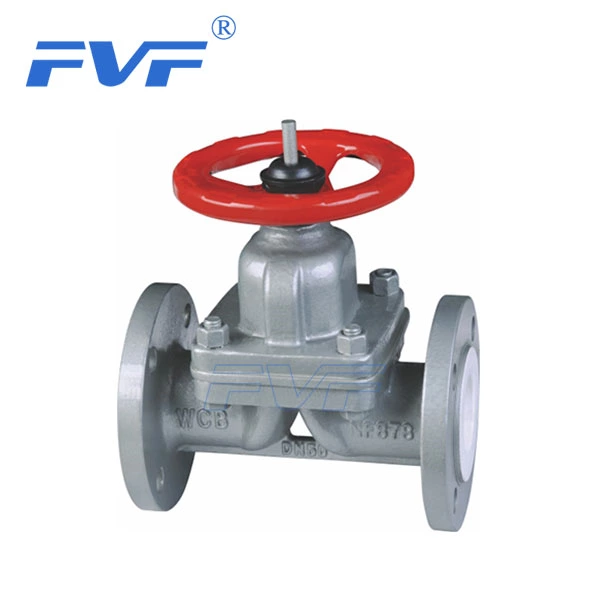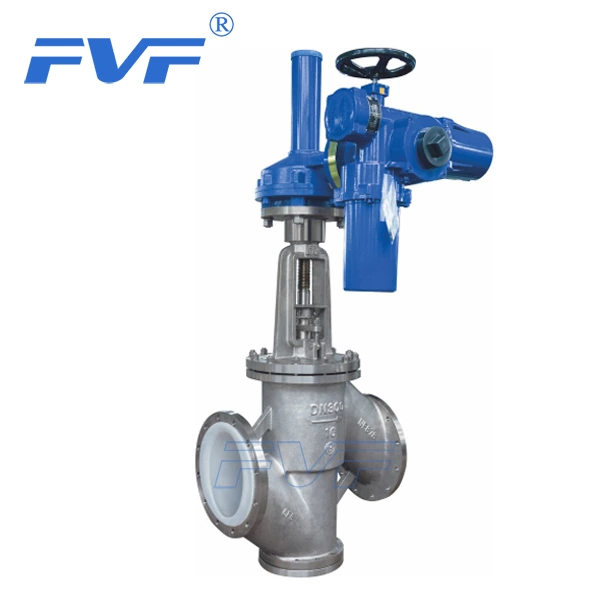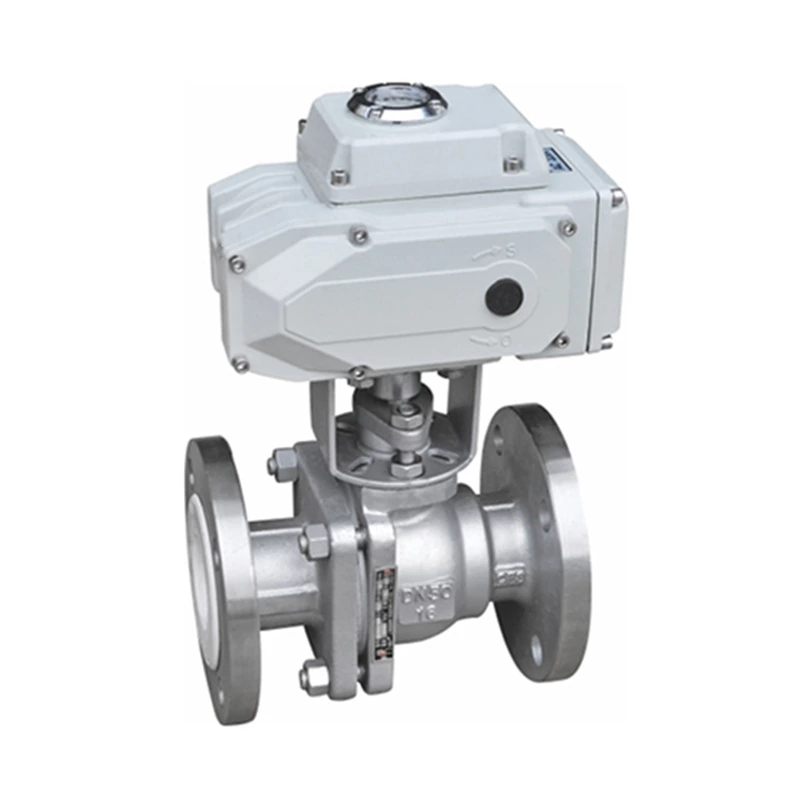Two Serious Drawbacks In The Fluorine-lined Ball Valve Industry
The two major drawbacks in the Lined Ball Valve industry can be analyzed from the perspectives of technology and economy:
1. Technical drawbacks
Poor sealing performance
Problem description: The main advantage of the fluorine-lined ball valve is its corrosion resistance, but due to the particularity of the fluorine-lined material, the sealing performance of the metal ball valve is insufficient compared with that of the ball. After high temperature, high pressure or long-term use, the fluorine-lined material may age, fall off or crack, resulting in leakage. This not only affects the normal use of the valve, but also may bring safety hazards.
Technical reasons: The degree of fit between the fluorine-lined material and the metal sphere is not high enough, and the physical and chemical properties of the fluorine-lined material itself are limited.
Limited temperature and pressure resistance
Problem description: The use of fluorine-lined ball valves is limited in high temperature environments. Generally, the maximum operating temperature is about 200°C. Exceeding this temperature, the fluorine-lined material may deform or crack. At the same time, due to the characteristics of the fluorine-lined material, the pressure resistance of the fluorine-lined ball valve is also lower than that of the metal sphere.
Technical reasons: The temperature and pressure resistance of the fluorine-lined material is limited, and it cannot meet the use requirements under high temperature and high pressure environments.
2. Economic Disadvantages
Unreasonable cost-effectiveness ratio
Problem description: In some non-extreme working conditions, pneumatic fluorine-lined ball valves may be suspected of over-design, resulting in unnecessary cost investment. Compared with other types of valves, fluorine-lined ball valves are usually more expensive, but in some application scenarios, their performance advantages are not enough to make up for the cost disadvantages.
Economic reasons: The manufacturing cost of fluorine-lined ball valves is high, and their special use environment also increases the difficulty and cost of installation and maintenance.
Disorderly market competition
Problem description: Competition within the fluorine-lined ball valve industry is becoming increasingly fierce, but the competition method is often limited to price competition, resulting in a large number of low-priced and low-quality products on the market. These products not only affect the overall image of the industry, but may also cause users to fall into difficulties when choosing.
Economic reasons: The lack of unified quality standards and regulatory mechanisms in the industry has led some companies to sacrifice product quality in order to reduce costs. At the same time, users also have misunderstandings about the balance between performance and price of fluorine-lined ball valves and are easily attracted by low-priced products.
Improvement suggestions
In view of the above drawbacks, improvements can be made from the following aspects:
Improve technical level: Strengthen the R&D and manufacturing process innovation of fluorine-lined ball valves, and improve the sealing performance and temperature and pressure resistance of products.
Optimize cost-effectiveness: Select appropriate product types and specifications according to actual application scenarios to avoid cost waste caused by over-design.
Strengthen market supervision: Establish unified quality standards and supervision mechanisms to crack down on the production and sales of low-priced and low-quality products.
Improve user awareness: Strengthen users' understanding of the balance between performance and price of fluorine-lined ball valves, and guide users to choose cost-effective products.
In summary, the fluorine-lined ball valve industry has some drawbacks in both technology and economy, but these problems can be gradually solved and the healthy development of the industry can be promoted by strengthening technology research and development, optimizing cost-effectiveness, strengthening market supervision and improving user awareness.






